When it comes to learning photography, there are some rudimentary rules and skills that everyone needs to understand quickly if they are going to start producing great images.
But the rule of thirds can get you started very quickly in the realm of good composition, even if it's something you should try not to always be bound by.
In the world of art and photography composition, no rule is more fundamental than the rule of thirds.
The rule of thirds is basically a compositional guide that recommends that any image should be (imaginarily) divided into nine sections by equally spaced vertical and horizontal lines (like a tic tac toe grid). Any major elements within the image should be placed along these lines and preferably at the points of intersection.
Take this photograph for instance – focus on the thirds grid:

As you can see, the tree and the horizon, which are the key elements of the photograph, are placed almost perfectly along the horizontal and vertical lines drawn through the image, with the middle of the tree perfectly on one of the four intersection points of the lines. This is a textbook example of the rule of thirds in photography. The sky occupies the remaining two thirds of the photograph – negative space is also a key element in photos that apply the rule of thirds.
It is important to remember that the rule of thirds is really only a guideline. There are many times when it is acceptable to break this convention and not follow the grid lines. For people who are new to photography, however, it is a good guide to creating well-composed photographs. The rule of thirds effortlessly leads the viewer's eye to the main subject.
Some other images that utilize the rule of thirds in their composition – look at these gorgeous landscape shots. Another thing that is pretty important in landscapes is that the horizontal line (horizon) is straight.
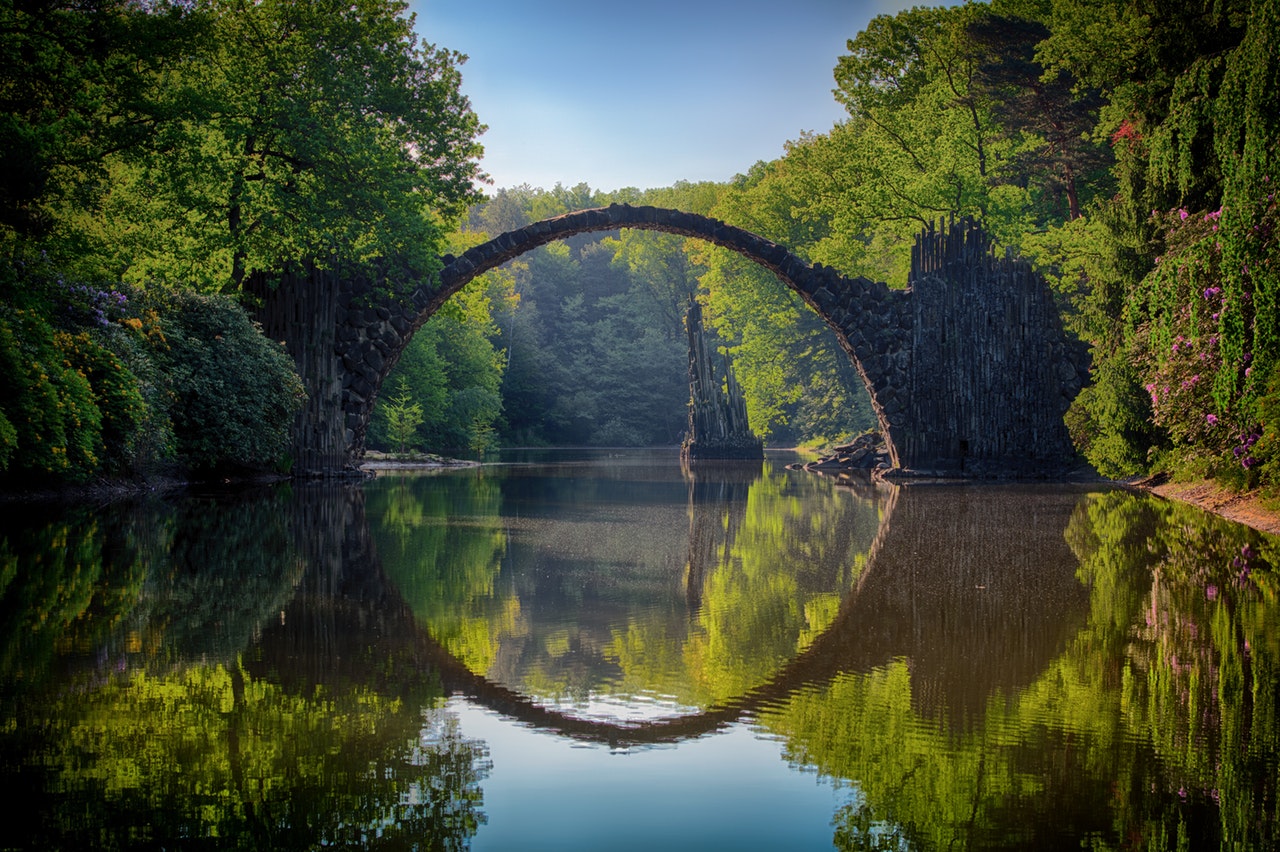


As you can see, the rule of thirds can really help – especially with a basic composition for basic subjects. The rule of thirds increases the visual interest in the photo dramatically.
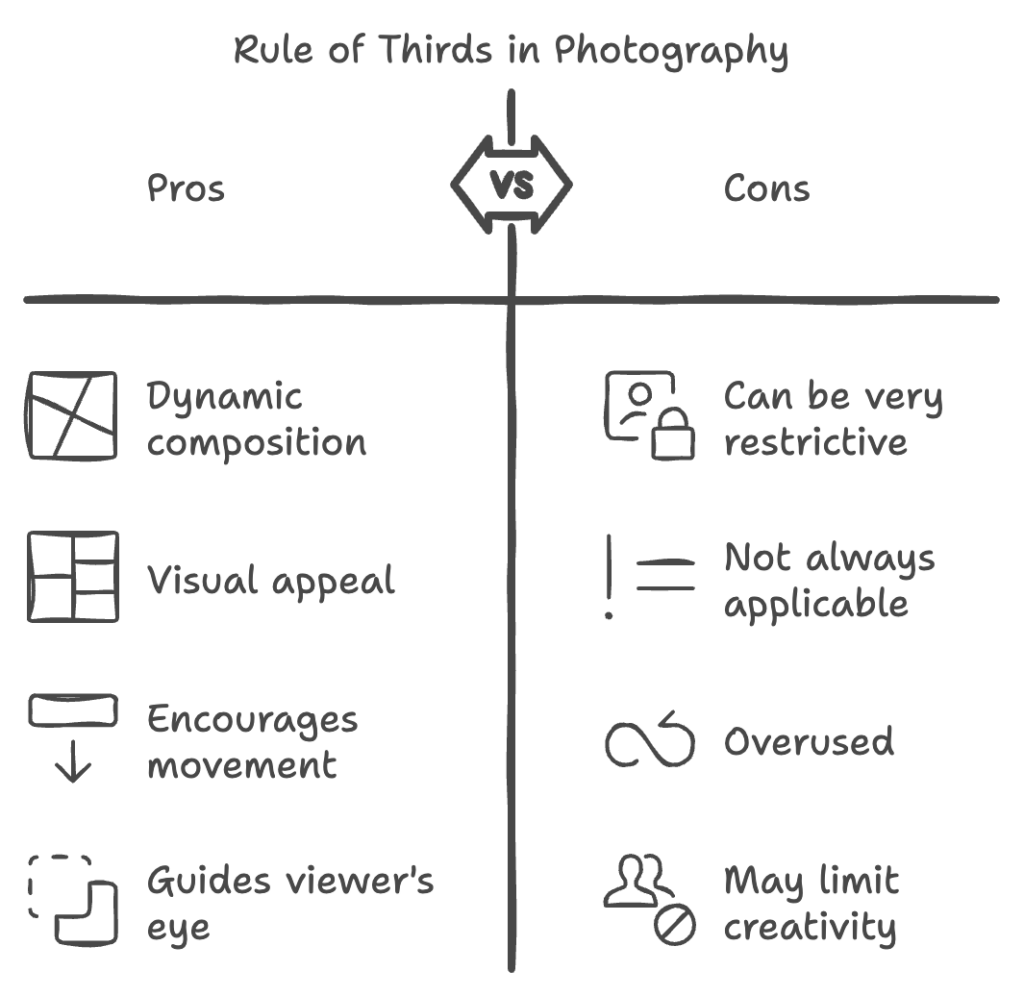
Related Light Stalking Rule Of Thirds Articles:
- The Rule of Thirds and How to Break It – A Comprehensive Guide
- Thinking Outside The Rule of Thirds
- Do You Really Know How To Break the Rule of Thirds?
- Landscape Photography Composition
External Resources For The Rule Of Thirds:
Other Composition Guidelines Beyond The Rule Of Thirds:
While the rule of thirds is one of the fundamental composition guidelines of photography, there are many, many other ways to compose your photos. It is also important that you don't restrict your own creativity. Here are a few other composition guidelines beyond the rule of thirds that you should also take a look at:



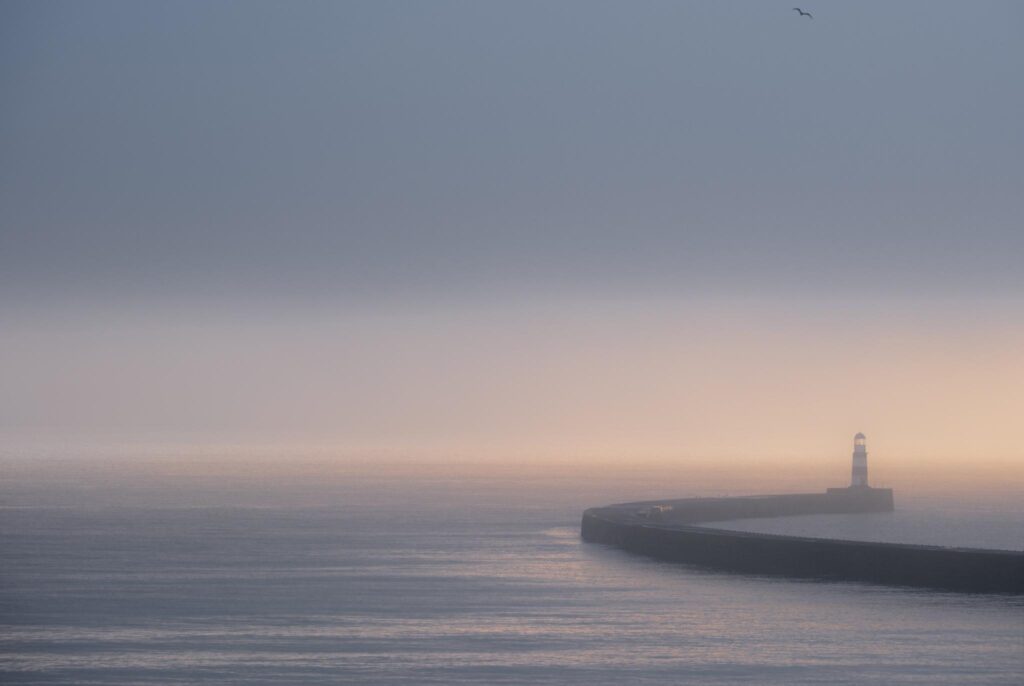
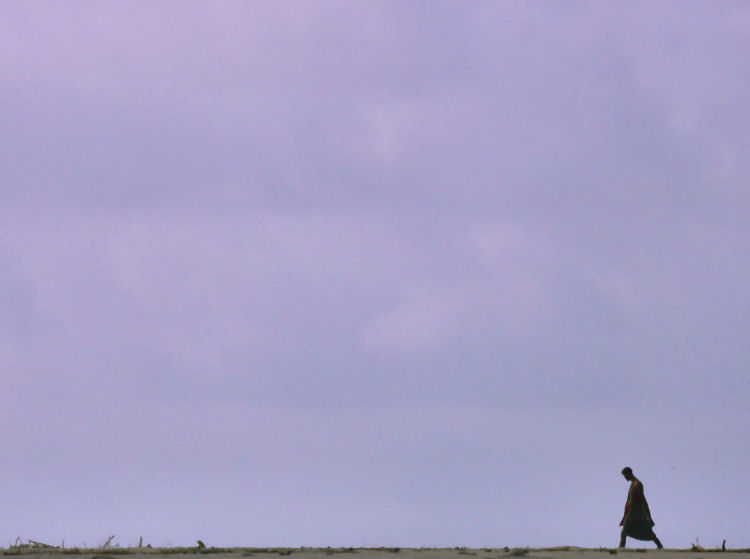

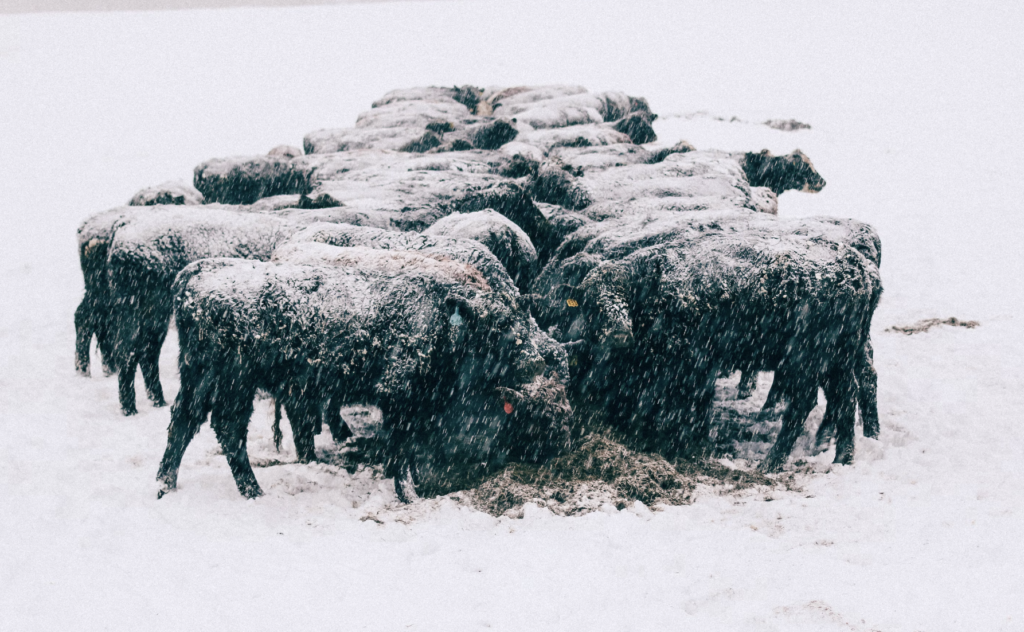
6 Comments
Thanks! This is very helpful!
These are stunning examples of the Rule of Thirds. Thank you so much.
Warm wishes,
Mia Rose
In our Visual Journalism courses here at Winona State University (Minnesota), we've moved toward calling it “The Guide of Thirds.” We found students took the “rule” too literally and began to compose every image this way, regardless of content. It's a great way to enhance composition of most images, and these (above) are stunning, beautiful examples. But, clearly, there are some images that would be better suited with a more symmetrical treatment. Thanks for a thought-provoking, helpful article.
, . . , thanks for the tips, examples, etc. , guys, , , i like them and i learned something……….
, . . , great photos also…………….
Thanks! Its very helpful…
I need a good tips for sea beach photography